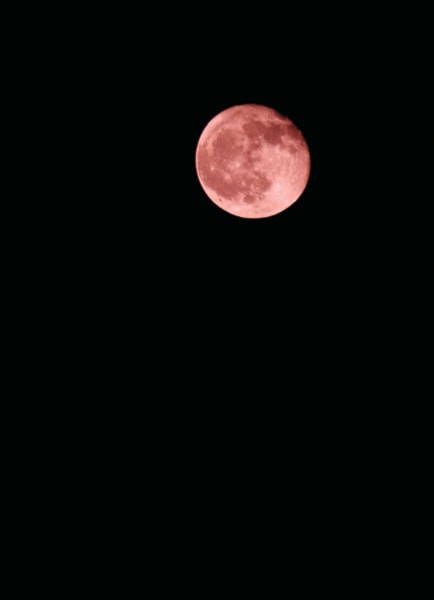Lakes are frozen, frost hangs in the chilled air and darkness steals over the Shuswap early.
“It’s a time of quiet, of firelight and dreaming… rivers are stilled and the land lies waiting,” says Les Ellenor, retired English professor and inveterate storyteller. “Animals and people huddle, the season reaches a dead time.”
It is winter solstice, one of four solstices that divide the year into the dark half and the light half.
Winter solstice is a time when, for six days, the sun rises and sets in the same place, before shifting ever so slightly to add seconds of light to each day in a cycle as old as the earth.
“We are aware that what’s happening at solstice is a time of gloom; it’s gloom in the weather, in the sky and in people’s hearts,” says Ellenor.
And people have tried to find ways to cope since Adam and Eve got kicked out of Eden in winter wearing only fig leaves, he adds, noting the story is contained in the Babylonian Talmud.
“They got down on their knees and begged and prayed, then God sent the new light and warmth,” he says.
Our pagan (rural) ancestors had no knowledge of the movement of the planets and hence no guarantee the sun would return, so they developed rituals to recover the sunlight.
In Scandinavia, the turning of the year was marked with a yule log, a burnt fragment of the last year’s log, used to light the new log.
“The word mean Yule comes from the Anglo Saxon “geol,” which means wheel,” says Ellenor. “What you were trying to do was trying to make the world go round.”
Flaming puddings, doused in liquor and set fire, was another encouragement as was the boar’s head, with its shiny top, he says.
Dances were devised to enact the movements of the seasons in order to encourage fertility in the new year.
Stonehenge, with its enormous circle of rocks, provided ancient peoples with a calendar to show movements of sun and moon, says Ellenor, who notes there are thousands of such circles throughout the world.
Certain Mexican temples and pyramids mark the coming of the new sunshine. Zuni and Hopi priests calculated the best days for planting and harvesting.The Romans celebrated Saturnalia, a festival named for Saturnus, the Roman god of fertility, a jolly Santa-like figure. They sang, drank and exchanged gifts and roles – slave to master, husband to wife and boss to worker.
In some places human sacrifice was included in the annual ritual, says Ellenor.
The most handsome man in the Roman Legion was chosen, and the week of solstice, his life was a feast of wine, women, money and song.
That life came to an abrupt end on Dec. 25, his blood shed to revitalize the earth, in what Ellenor explains was sympathetic magic, an attempt to encourage the sun to return to the Northern Hemisphere.
Human sacrifice was eventually substituted by the killing of a pig, goat, horse or deer.
In northern Europe, Celts referred to the depths of winter as “the gloom,” and various figures, including Old Father Time or the Green Knight, carried a scythe, sword or sickle to warn of sudden death at this time.
In 320, the now established church tried to put an end to the pagan fun by declaring that from then on, the celebrations would be Christian and would culminate on Dec. 25 with the birth of the Christ Child.
Nonetheless, throughout the Middle Ages, the middle of December was marked by “merry and wild disports,” says Ellenor, who points out many remnants of the ancient pagan traditions are threaded through our own celebrations.
The word “carol” means to dance and “The Holly and the Ivy” comes from pre-Christian times when the Lord and Lady of Greenwood were honoured by hanging green garlands from ridge poles of houses, he says.
Ellenor says the gloom of solstice continues to have import today.
“Right now, one-tenth of Canadians live in poverty and they find winter much more difficult than summer,” he says. “It’s more expensive, it’s cold and kids have demands for Christmas.”
And, like our ancestors, we do our best to dispel the gloom of winter and turn our faces to the light, hoping for peace and prosperity.
